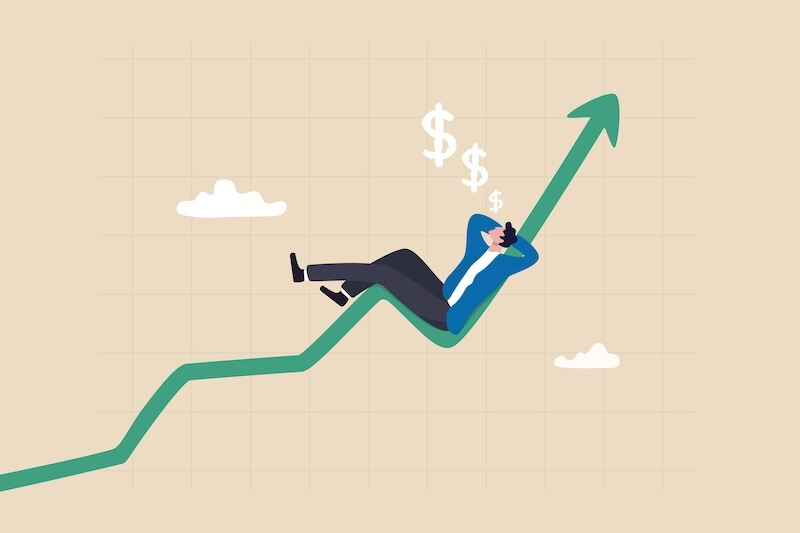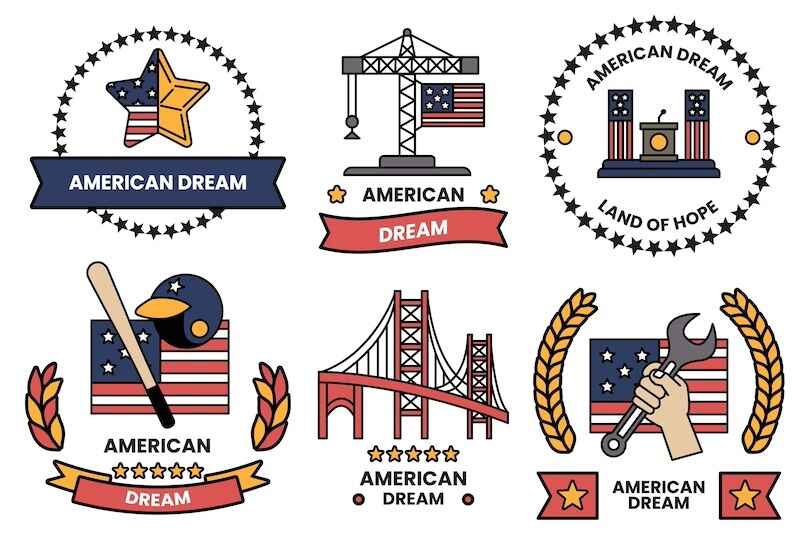Today’s guest article comes from our friend Alpesh Patel over at Manward Press.
There, he’s better known as “the Dealmaker.”
Below he reveals the unique stock indicator behind decades of big stock wins…
And for a limited time, you can claim a free year of his VIP service.
Find the details here.
– Nicole Labra, Senior Managing Editor
Let me share with you a unique stock indicator.
It’s one of my personal favorites… with a nearly 30-year history of delivering big gains.
Most people have never heard of it. But it’s behind the advice given by two of the world’s largest wealth management firms to their wealthiest clients.
Deutsche Bank invented it. Goldman Sachs Private Wealth Management uses it extensively in its stock selection.
It’s just five simple letters: CROCI.
That’s Cash Return On Capital Invested.
That may sound boring to the uninitiated, but think about it…
As an investor, don’t you want to own companies that are the best at leveraging their capital for the biggest possible rewards?
CROCI tells me just that. If a company has a high CROCI score, it means they’re making smart decisions… and that they will likely generate the highest rate of return for me (the shareholder).
That’s why Francesco Curto, who wrote a criminally underread book about CROCI, said: Annual returns from this investment approach demand everyone’s attention.
But again… I doubt you’ve ever been told about this powerful tool.
That ends today.
Show Me the Money
I’ve been using this formula since 2010, based on data from the preceding decade.
It’s become an essential piece of my award-winning investing strategy.
And through bull and bear markets and corrections, it’s been the secret sauce that’s taken portfolios from good to great.
In the simplest terms, CROCI measures how much cash a company produces from the capital ithad invested in it. It’s a measure of efficiency. It’s harder to manipulate cash than it is to manipulate earnings or profits. So CROCI paints a truer picture.
The higher the CROCI, the better. (In fact, I invest in only companies with a CROCI score of 10 or higher.)
It’s almost obvious: Companies that produce more cash on the capital they have perform better. They produce more cash by generating more sales and having fewer expenses. For example, if you don’t need to spend lots of money on capital goods (e.g., airplanes), can use the same machinery for years, have fewer staff members and generate lots of sales (demand)… you get more cash.
But of course, that is also too simple. High-return companies have traded at a persistent and substantial premium… yet have significantly outperformed as their assets and cash flows have grown.
Let me explain…
The market is willing to pay a premium for companies with high cash growth. (After all, cash is king.) When we look at the trend of the average top 25% and the average bottom 25% of companies by CROCI, companies with low cash returns tend to generate slower growth, and – no surprise – companies with high cash returns tend to generate faster and more sustained growth.
Research shows that while companies with high cash returns are relatively expensive… they outperform, nevertheless. Yet most investors think such companies are too expensive and won’t continue growing.
That’s simply not the case.
This is a hugely important idea.
A structurally well-positioned company should sustain outstanding earnings over multiple years. Assuming it does, the market will continue to value it at a premium.
There is, therefore, an inherent “valuation opportunity” in owning long-term leaders over longer-term holding periods.
Triple-Digit Gains
Let’s look at a few historical examples from Etsy (Nasdaq: ETSY), Crocs (Nasdaq: CROX) and Best of the Best (BOTB).
Each of these companies had a good CROCI score. Each was in the top 15% of all companies measured and ranked by CROCI.
They also had good P/E ratios, good sales growth and consistent momentum. But by further narrowing down by CROCI, my team and I were able to laser-focus on these companies in particular… and they soon became market winners.
Etsy – the online marketplace for creators of handmade arts, crafts and other home goods – was able to generate lots of profits when the pandemic began, as its sales were boosted by lockdown buyers.
Those cash sales translated to profits because the company churns out a lot of cash relative to the amount of capital it invests. It is an efficient maker of money. In other words, it is good at turning income into profits because its expenses are low.
For Best of the Best – an online lifestyle competition platform – lockdown viewers started playing the types of games it features more often.
But this wasn’t a gamble on consumer behavior.
We knew that once sales increased, they would have an outsized impact on profits. That’s because the company had a high CROCI (again, that means it’s good at converting cash into profits).
Crocs was a similar case. During the lockdown, people wanted comfort, and the company’s Instagram campaign boosted sales.
We didn’t know the company would launch a campaign or how people would react to it, but we knew it had a great CROCI score. Once we saw sales come in, we knew Crocs would exceed expectations because the company converts sales into profits more efficiently than companies with lower CROCI scores.
It’s pretty simple… and highly effective.
But even better, this is the strategy I use every day in my elite, award-winning research service at Manward Press. It’s called GVI Investor.
We’re having a banner year, destroying the S&P and giving my readers the shot at some truly astronomical wins.
And I’m not guarded about how it all works. I’ve already shown you CROCI. If you want to see how everything else fits together, click here.
Note: I’ve just recommended an AI company with one of the highest CROCI scores we will ever see. It’s one of three AI plays that just “aced” my proprietary GVI system. You can hear all about them here.
Credit: Source link














